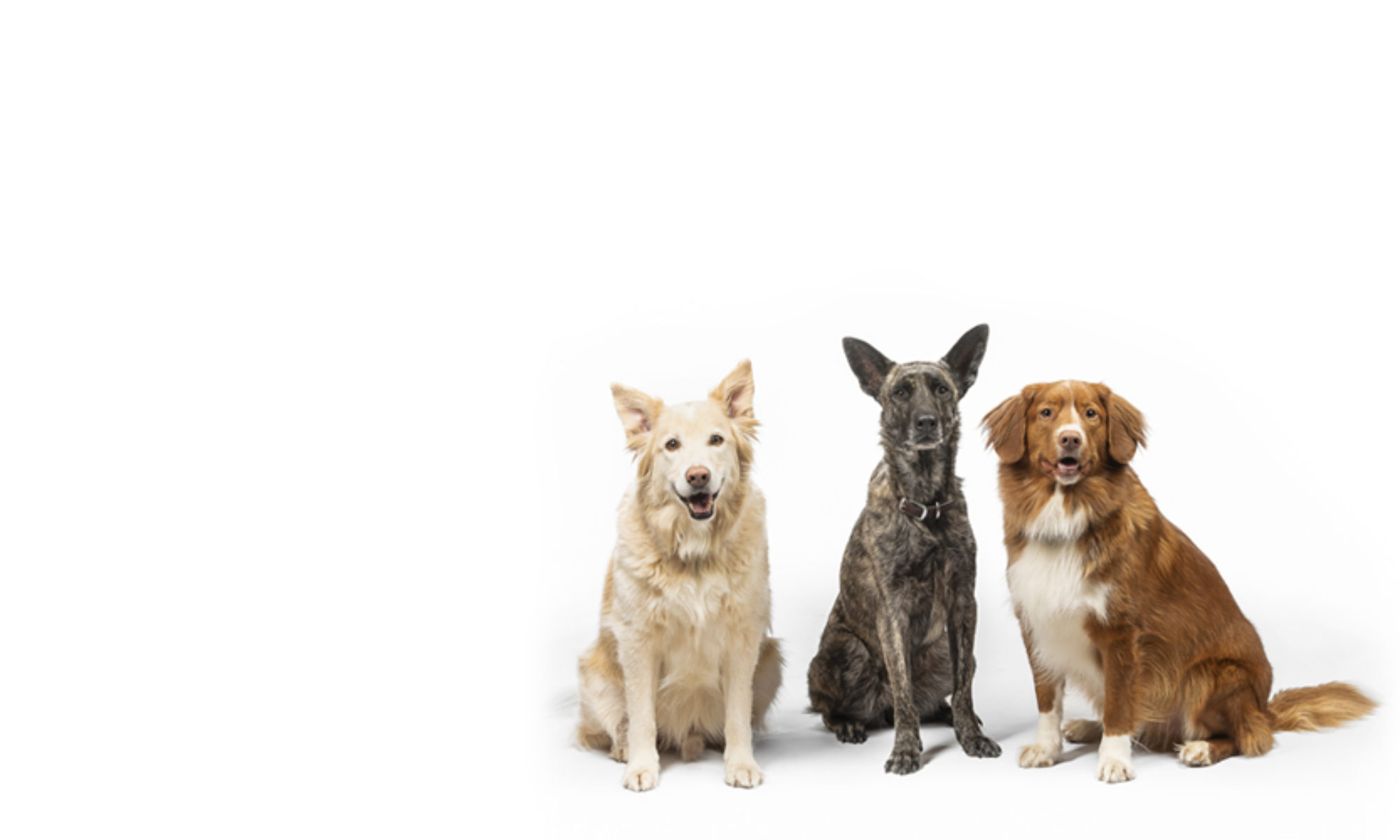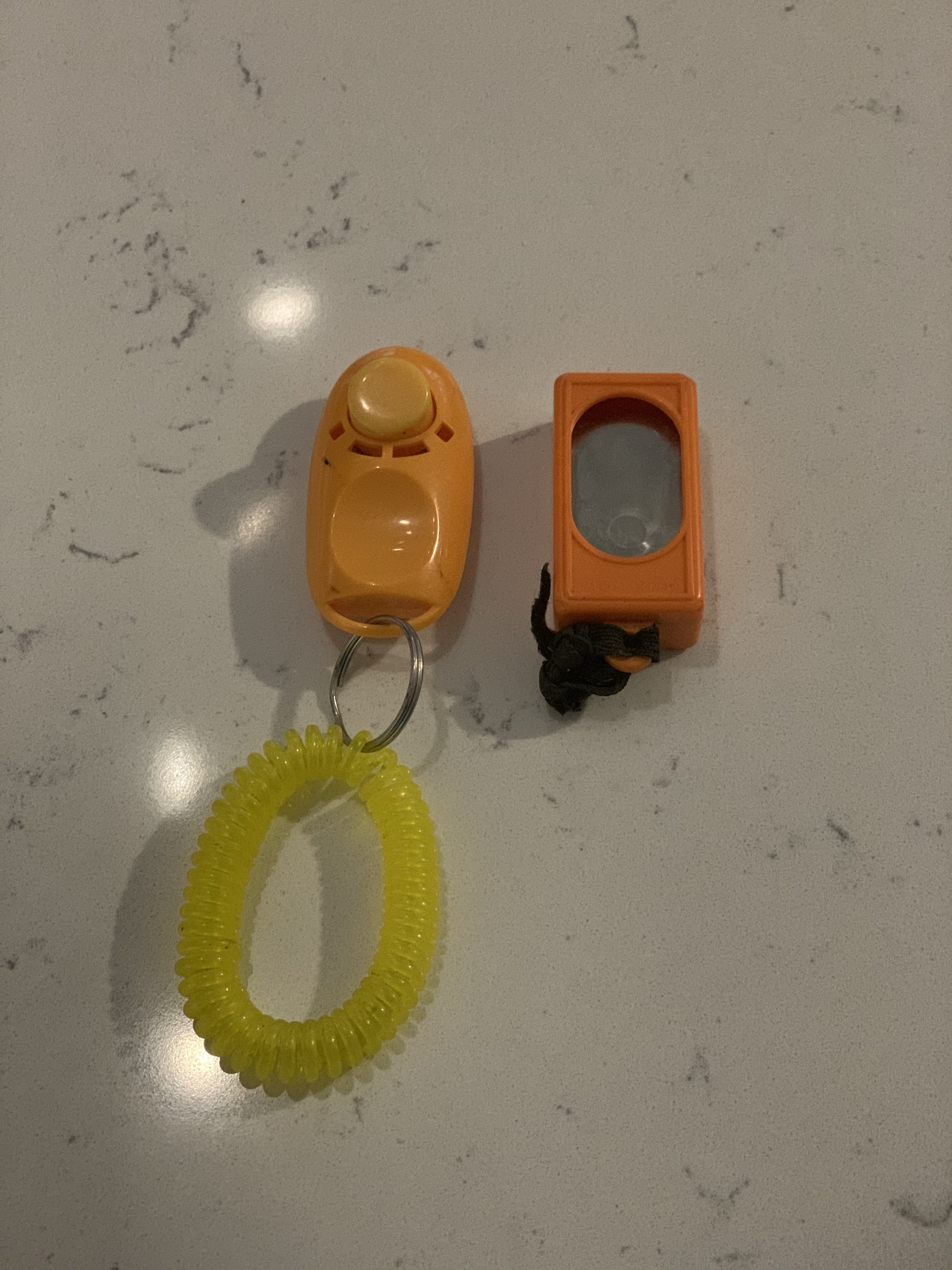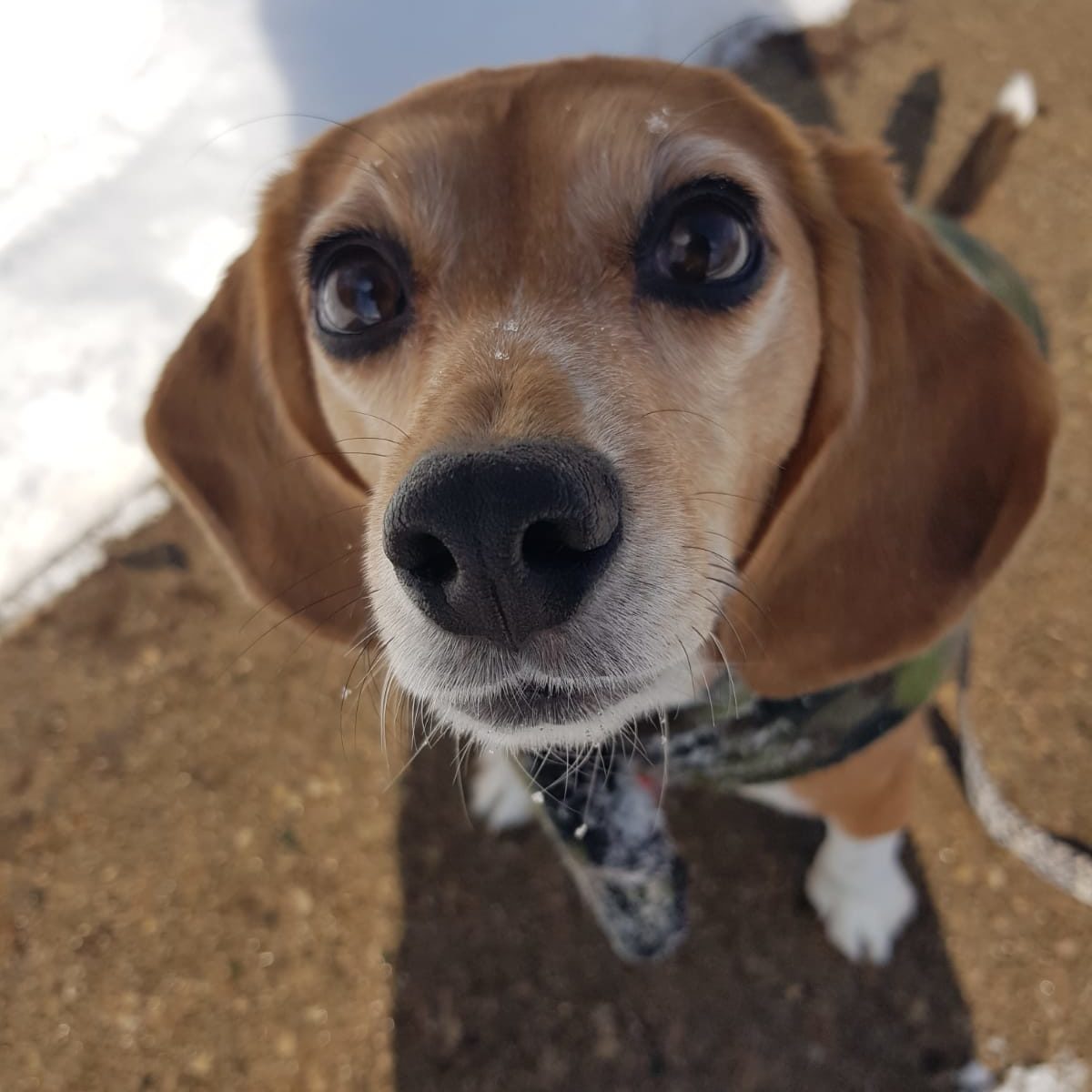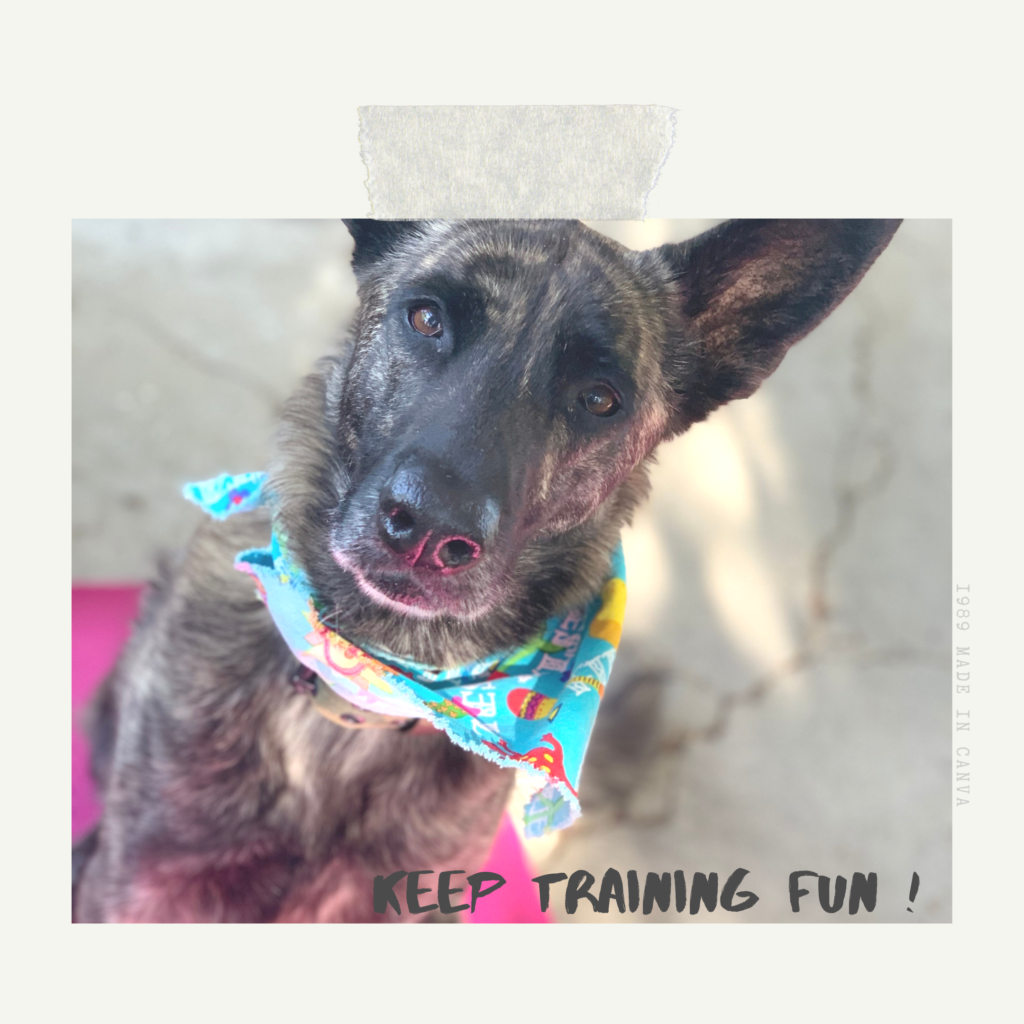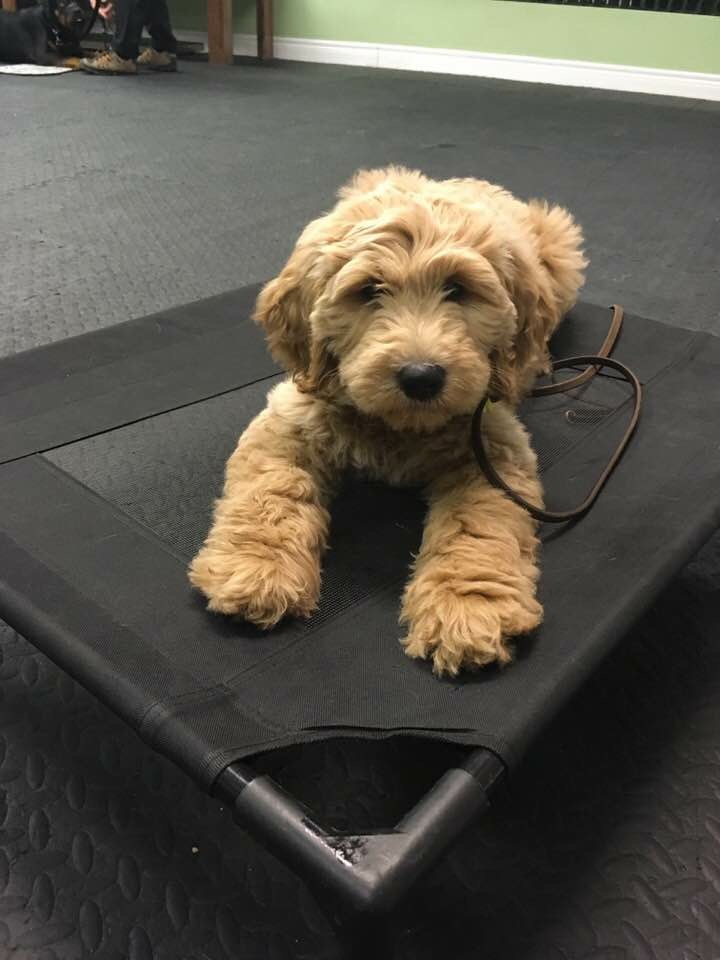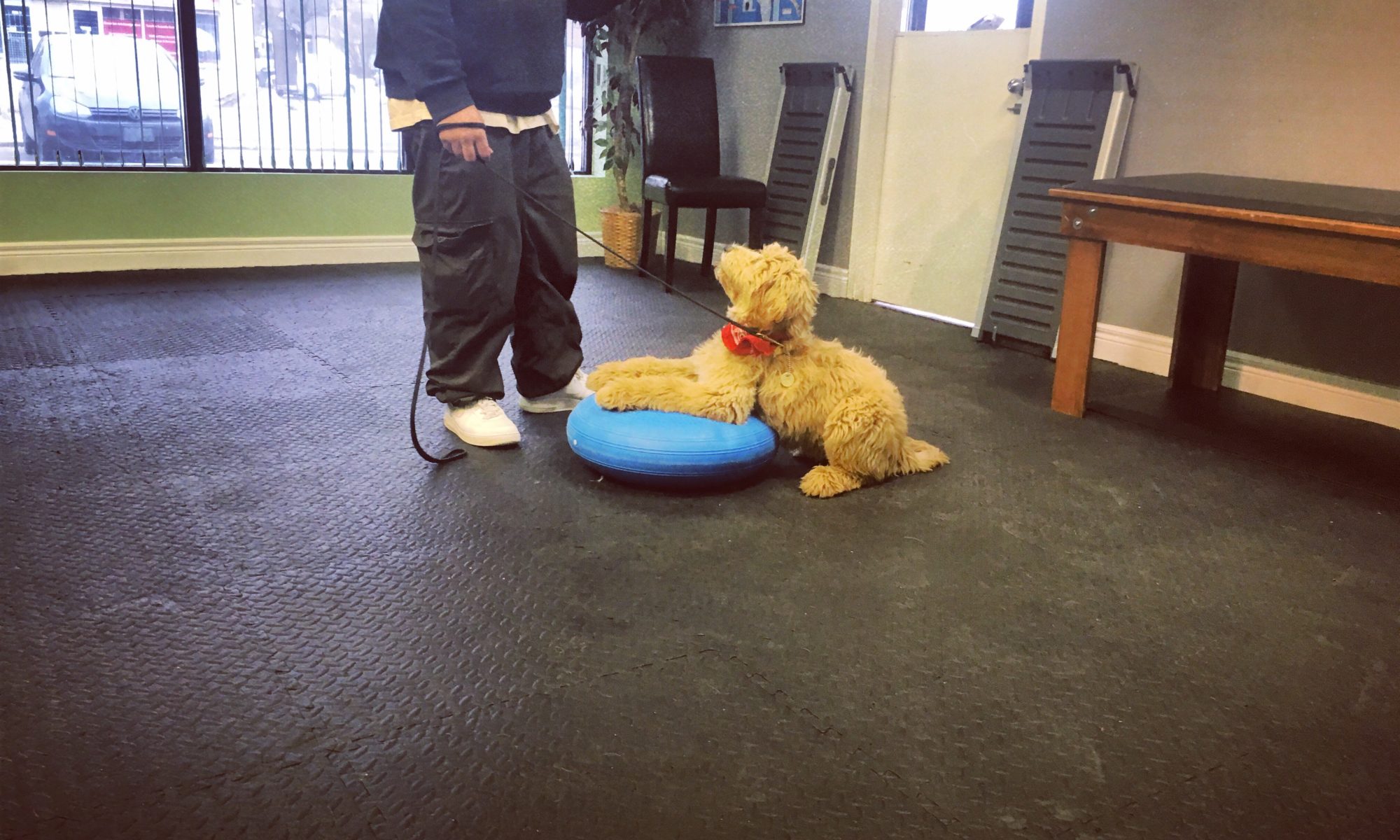One of the advantages trainers have over people that don’t train dogs daily is SPEED. Being quick with your marker and timing of rewards in your sessions makes learning for your dog effective and fun. Like most skills, speed in your training can be improved upon with practice and time.
During training sessions, we tend to recommend you prioritize repetitions over time – instead of training one particular skill (such as SIT) for 30 minutes, aim to get 10 solid, quick and precise ‘sits’ from your dog. This eliminates confusion and potential errors in your training, plus your dog is much more likely to process the information faster and enjoy it in shorter bursts.
The reality is that dogs aren’t really made to learn in long, drawn out sessions (neither are we!). In order to optimize on these short bursts of energy and focus, we need a fast and effective way to ‘reset’ dogs in sessions to get them ready to perform it again quickly and with just as much enthusiasm!
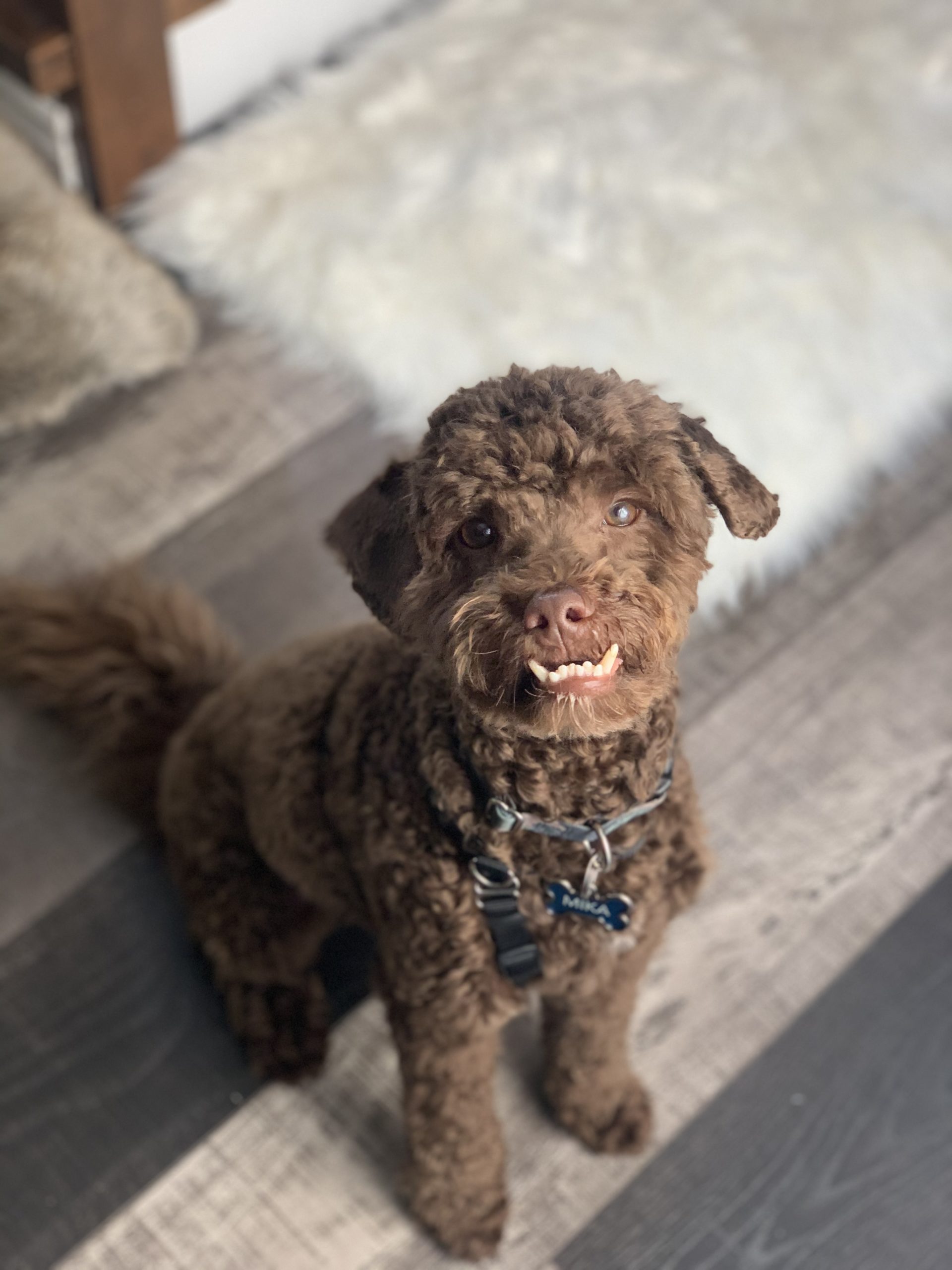
Meet your dog’s new fav cue – GET IT
A get it cue is a simple chasing game. It involves the dog chasing after a treat, preferably AWAY from you and your training space, and *hopefully* having them return after eating it for more information from you.
It is a simple and effective tool in our training games because it can be used in multiple ways – if you are working on a stationary skill such as a long down, getting your dog moving away from that position may be optimal for resetting it. If your excited dog struggles to focus with too many repititions, get it can re set that brain. It is also a great puppy introduction to impulse control and chasing – in addition to drive building (more blog posts to come on this fun topic in future!)
There are MANY ways a get it cue can be beneficial, and it is so easy to teach (plus fun). It is a skill that most dogs pick up quickly, so why wouldnt you give it a shot?

How to Start:
Start by using your dogs lowest value reward, such as their kibble or typical in home treat. We would recommend avoiding toys off the bat because toys tend to amp up the dogs drive and excitement. While getting your dog this excited is a great way to proof this skill in the future for now we want a thinking, problem solving dog.
Practice in a quiet environment such as your home or training space before heading outside.
The Set up:
- Have 10 pieces of kibble/treats in one hand. Be sure to get your dogs attention before you toss the treat
- Toss treat in one direction the moment they give you attention. Let them chase and eat
- When they return to you, wait for that momentary glance, then toss the treat in the other direction
- Repeat this skill until your handful runs out, then go back to playing with your dog
As your dog gets the game and eagerly chases and returns to you (this is key!) to keep the game going, you will introduce the verbal cue GET IT. If your dog does not return to you immediatley during this exercise, continue to work on creatig this predictable pattern and dont push ahead to a verbal cue until you have solid focus/attention.
Part of the reason we ALWAYS want to wait for the dog to give us attention and focus is because we don’t want to just aimlessly throw food. We want the dog to offer something attentive such as eye contact before proceeding with the game.
Need visual helpers? We got you covered below!
Give it a shot and be sure to let us know how it goes!
Happy Training!
Element Canine Team
